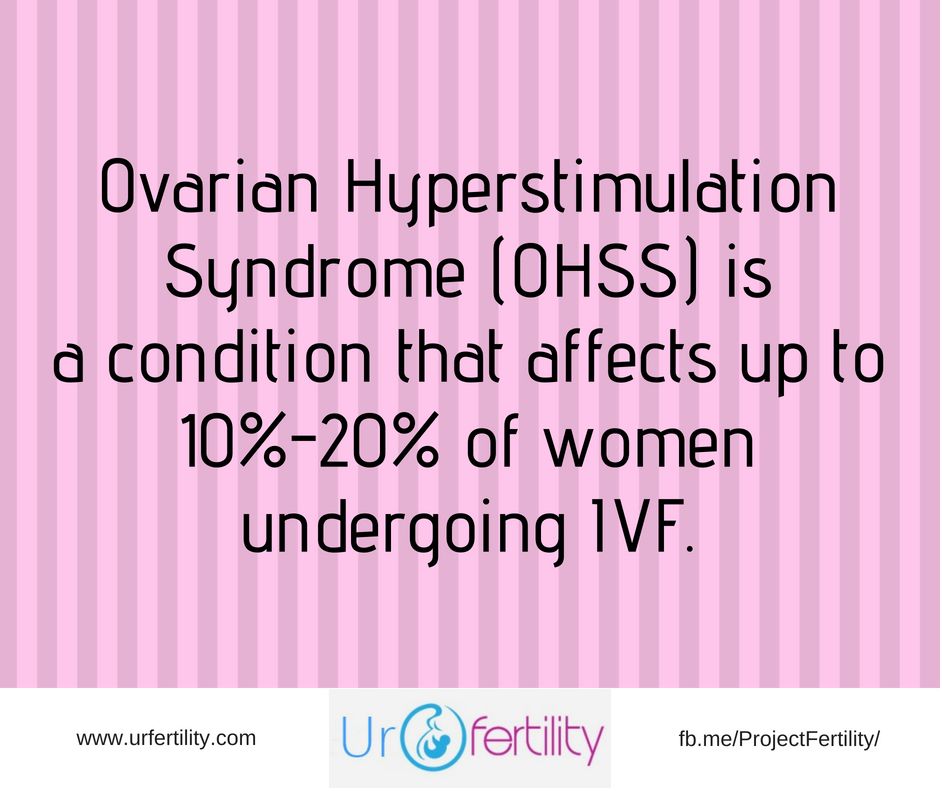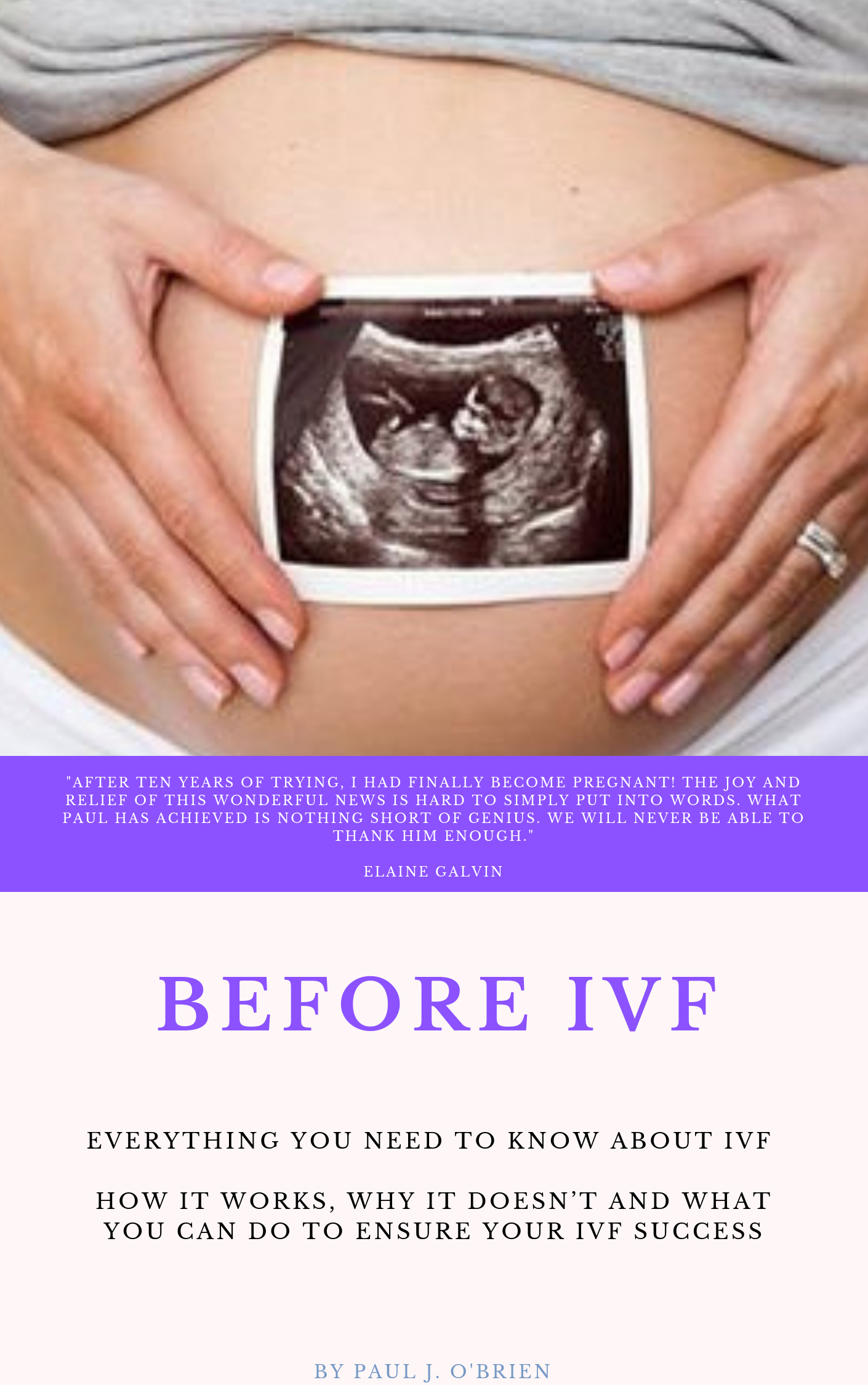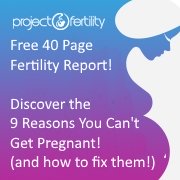Endometriosis and IVF
Side Effects and Low Success
By Paul J.O'Brien B.A., N.C.E.H.S., Dip. Acu., Adv. Dip. OBB, Cert Clin. Med, Cert.CHM, Pn1, PN-SSR, PN-NCA, M.AFPA, M.ETCMA, M.C.Th.A.
Endometriosis and IVF is one of the primary reasons IVF was developed, it was to get around the issue of Endometriosis. However, studies, including a 2013 meta-analysis of 27 studies of 8,984 women going through IVF found that poor implantation and pregnancy rates was significantly associated with those women suffering from severe endometriosis. (1)
In Vitro Fertilization is a fertility procedure that was first successfully conducted by Dr. Robert Edwards, an embryologist; and Dr. Patrick Steptoe, a gynaecologist. The first-ever “test tube” baby named Louise Brown was born in England on July 25th, 1978. Since then, the technology has been further advanced and developed by physicians and embryologists.
Endometriosis and IVF is an alternative used for women who otherwise may not be able to have children. In Vitro is actually a Latin phrase that means “in a glass.” As such, this procedure involves the fertilization of an egg cell with a sperm cell outside the female human body. Endometriosis and IVF bypassses the problem that endometriosis can cause for fertilisation.
Medications are given to a woman to stimulate her ovaries to produce multiple eggs. After extracting the woman's eggs cells, the fertilization is manually done using a “culture dish” like a test tube, beaker, or petri dish. The dish is then placed in an incubator. Two to three days later, three to five embryos are transferred to the woman's uterus. Pregnancy can be confirmed using blood tests about 13 days after egg aspiration. It can also be confirmed by ultrasound 30 to 40 days after aspiration. The entire procedure is done approximately for three weeks.
And while a large part of my practice is supporting Endometriosis and IVF procedures I spend a great deal of time focused on minimising the terrible side effects and long term damage the procedure can induce such as bleeding, infection, and damage to the bowel or other organs from the process. In addition there are other concerns, for instance ovarian hyperstimulation syndrome (OHSS). This condition affects up to 10%-20% of women who undergo IVF.
Ovarian Hyperstimulation Syndrome

The symptoms of OHSS can be mild to severe. In mild cases, a woman may suffer from bloating, mild pain or cramping, and weight gain. The severe cases cause significant weight gain (for instance, gaining 10+ pounds in a few days), shortness of breath, and severe pain or swelling in the abdomen even death (2, 3, 4, 5). And why risk that in this case? What success does the IVF promise?
The live birth rate for one cycle varies by maternal age. According to the Society of Assisted Reproductive Technologies (SART), the live birth rate per IVF cycle is:
- 40%-43% among women younger than 35 years of age
- 33%-36% for those aged 35 to 37 years.
- 13%-18% in those older than 40 years of age.
- Rare in women older than 44 years of age.
That's not great.
More Problems Past Endometriosis and IVF
In addition to the above methods there are additional procedures in Western Medicine for treating endometriosis. For instance the Mirena IUD, a coil inserted for 5 years, that has side effects including increased risk of pain, ovarian cysts, weight gain, low libido etc; or Aromatase inhibitors, an experimental treatment used for the last 10 years to treat breast cancer. Finally there is hysterectomy .
A total hysterectomy is one in which the uterus and cervix are removed. Subtotal hysterectomy is one in which the uterus only is removed; a total hysterectomy plus removal of the fallopian tubes and one or both ovaries. Many women choose to remove only the uterus since the removal of the ovaries can lead to surgical menopause), which of course prevents conception and ends fertility, so I don't include them here.
Ultimately, the western medical approach asks a woman to:
- risk death,
- risk a 20% chance of OHSS for little chance of being pregnant,
- drug induced side effects that include a loss of muscle control, peeing yourself, seizures and bad mood.
And what is more troubling - none of this - none of it, including Endometriosis and IVF, fixes the underlying cause of Endometriosis. It does not deal with the reasons behind the imbalances. It does not deal with WHY the hormones have gone crazy or WHY the endometrial tissue is acting in the manner it does. As a result, endometriosis treated in the above manner simply, often comes back.
Further, as Traditional Chinese Medical physician, acupuncturist, and herbalist I see nothing but additional issues and complications with the Western Clinical treatment method. For example:
- The combined contraceptive pill dampens the Life Gate Ministerial Fire (1. this is one of the coolest sounding terms in TCM, I love it, and 2. this basically means "reproductive function and energy" - the flames of passion if you will). In addition it merely masks the symptoms of endometriosis and does nothing to resolve it as I've stated earlier. More so, this medication can also induce Blood deficiency - a classical diagnosis wherein the body fails to produce enough blood to fuel the reproductive centre and compromise other vital health functions of the body (hence weight gain, mood swings and depression, fungal infections and cystitis, migraine or headache, nausea, vomiting, stomach problems and diarrhoea etc).
- Progestin can cause pretty much the same problems as the pill, but with additional complications such as Dampness (bacterial imbalance within the body causing fluid, fat and pathogen retention) and Liver-Qi Stagnation (basically excess cortisol, stress hormone, being produced in the blood).
- The Mirena IUD coil has the problems of the first two, doesn't fix the endometriosis, and can cause Blood Stasis - a condition which can cause endometriosis in the first place!!!
- GnRH agonists aren't much better - it's more masking of the problem, a band aid not a solution, which in turn deplete Kidney and Essence (read - damage your fertility hormones and reduce egg number and quality)
- Danazol is the same - no solutions, only concealment of symptoms and causes Dampness and Phlegm (a more severe presentation of Dampness that is even harder to treat!)
- Finally the Aromatase inhibitors - they induce menopause! That's NOT a solution! And they cause Kidney Deficiency. Again, think, damaging your fertility hormones, reducing egg numbers and quality.
A Better Way Than Endometriosis and IVF?
There is a better way to deal with Endometriosis then this.
You deserve better.
There is a way to treat endometriosis and resolve the infertility issues it creates with far less trauma, pain and practically no side effects. And again, I point out, one that has a 91.9% success rate. So let's look at that alternative...
Your Next Best Step to Eliminate Endometriosis...
If you want to go to the next level of detail and look at in-depth self-treatment, you should check out Before IVF: Everything You Need to Know ABout IVF. How it works, why it doesn't and what you can do to ensure your IVF Success. Written from a holistic viewpoint I go into greater detail about what causes Endometriosis, how to prevent, diagnose the different types and understand your body and your health. More than that I'll walk you through, step by step on how to diagnose the exact type of endometriosis you have, how it will affect your fertility - but, most importantly, what to about it! Packed with pressure point exercises, self massage techniques, foods, recipe guides and more, this is the best way to avoid IVF and get pregnant with Endometriosis, naturally.
If you’re trying for a family or dealing with Endometriosis and want to eliminate those symptoms and give each cycle your best the best possible shot of success and dramatically improve your fertility and reproductive health, to have a happy healthy baby, then …
- Download my Free "9 Reasons You Can't Get Pregnant" Guide to learn more about what complications may be present and what you can do to fix them! (I cover Endometriosis here!)
- Subscribe to my newsletter to keep up to date with the new articles, how to guides, fertility recipes and more.
- Get Your Copy of "Before IVF: How it works, why it doesn’t and what you can do to Ensure Your IVF Success!". Over 430 pages, this guide provides answers to every question you could ask about fertility and how to maximise your reproductive health. It will help you beat the numbers in IVF and better still may help you conceive without ever having to go through IVF! Including how to get pregnant with Endometriosis!
- Contact me with your particular questions and concerns and I'll do my best to help. :-)
Footnotes
(1) Harb H, Gallos I, Chu J et al. The effect of endometriosis on in vitro fertilization outcome: a systematic review and meta-analysis. BJOG 013;120:1308-20.
(2) http://www.independent.ie/irish-news/ivf-death-was-preventable-according-to-hse-report-26307110.html
(3) http://www.independent.ie/irish-news/ivf-death-was-preventable-according-to-hse-report-26307110.html
(4) https://www.theguardian.com/society/2016/nov/13/increase-in-serious-ivf-complications-raises-concerns-over-use-of-fertility-drugs-ovarian-hyperstimulation-syndrome
(5) http://news.bbc.co.uk/1/hi/health/4440573.stml



New! Comments
Have your say about what you just read! Leave me a comment in the box below.